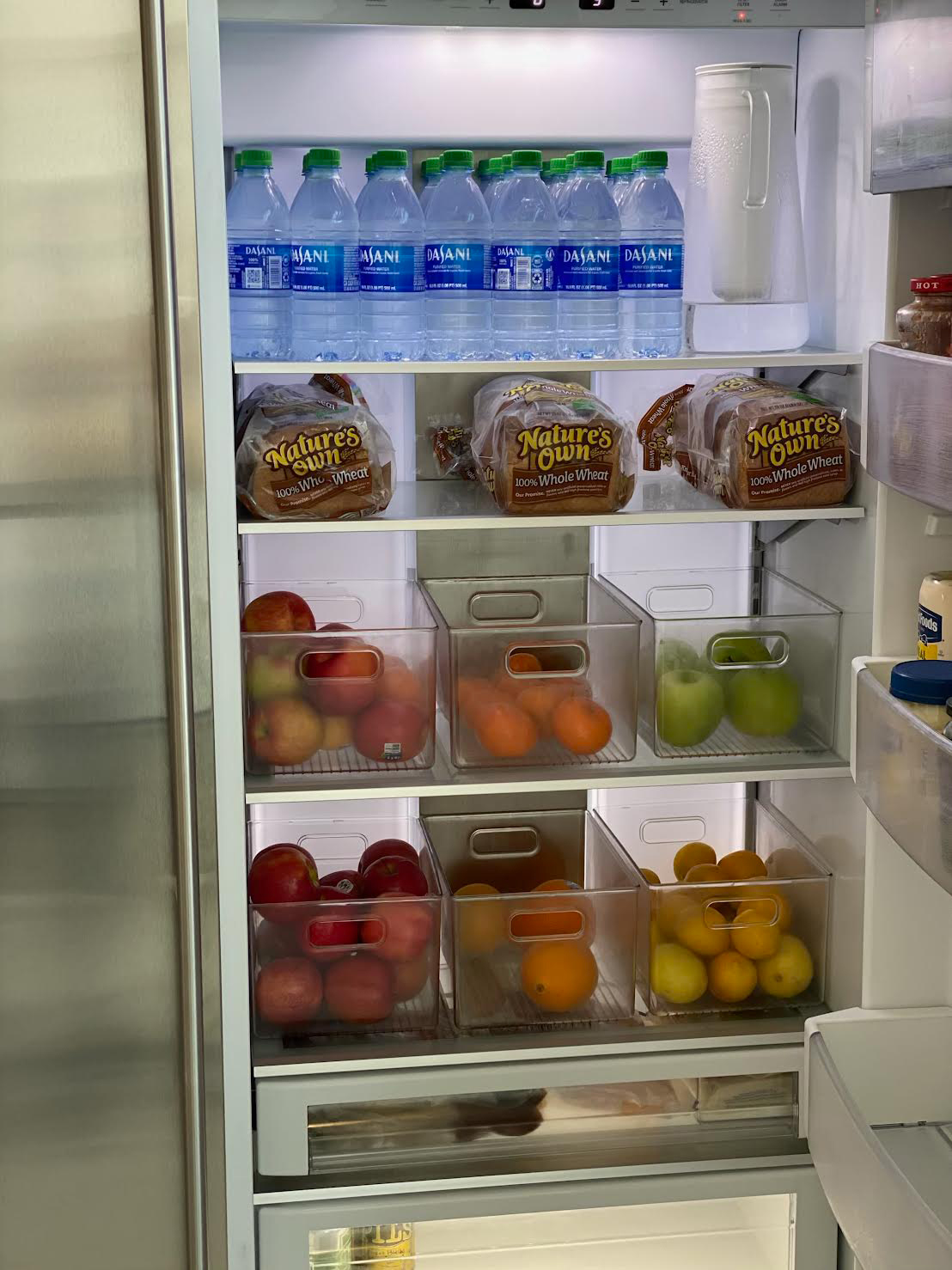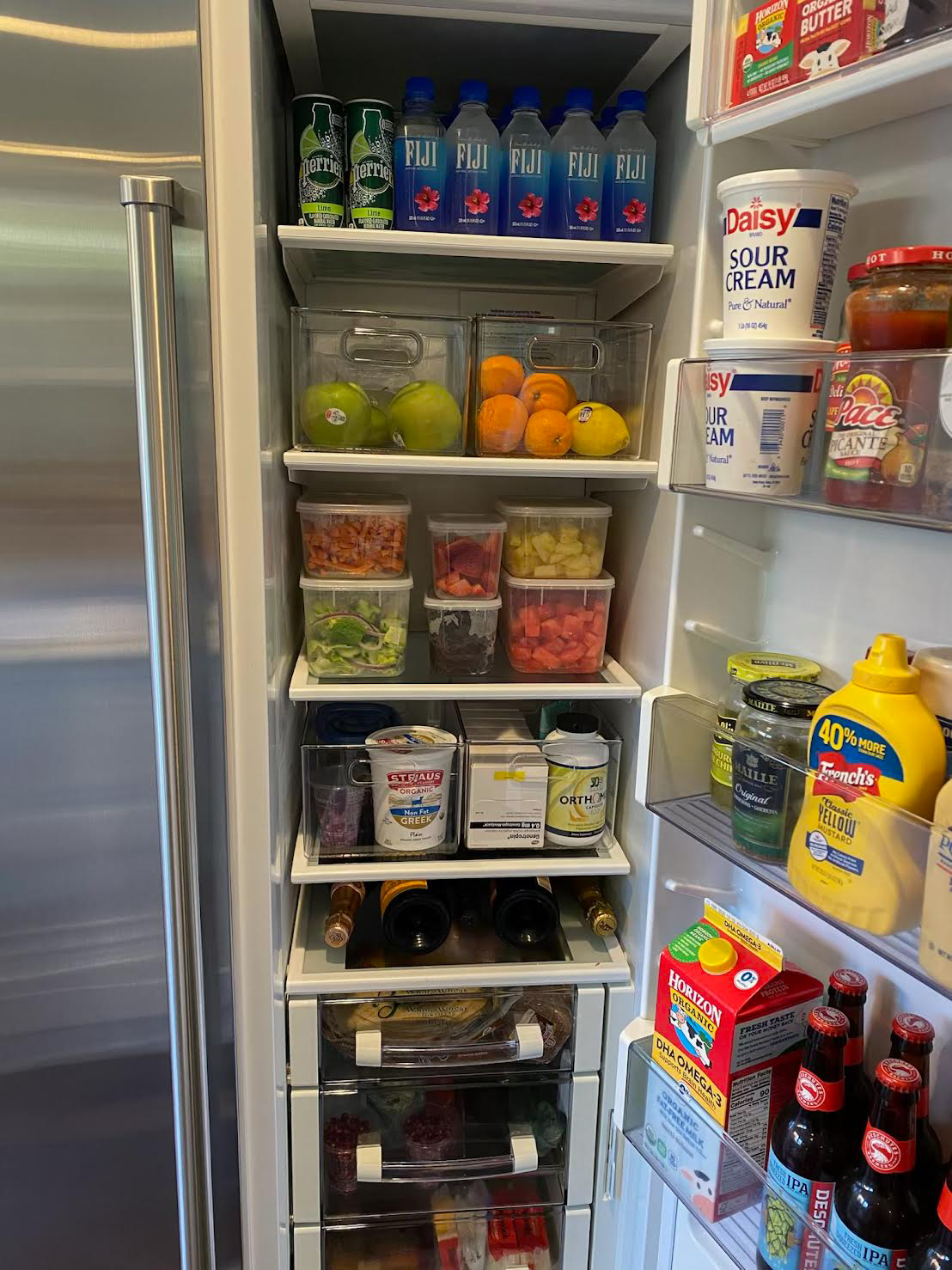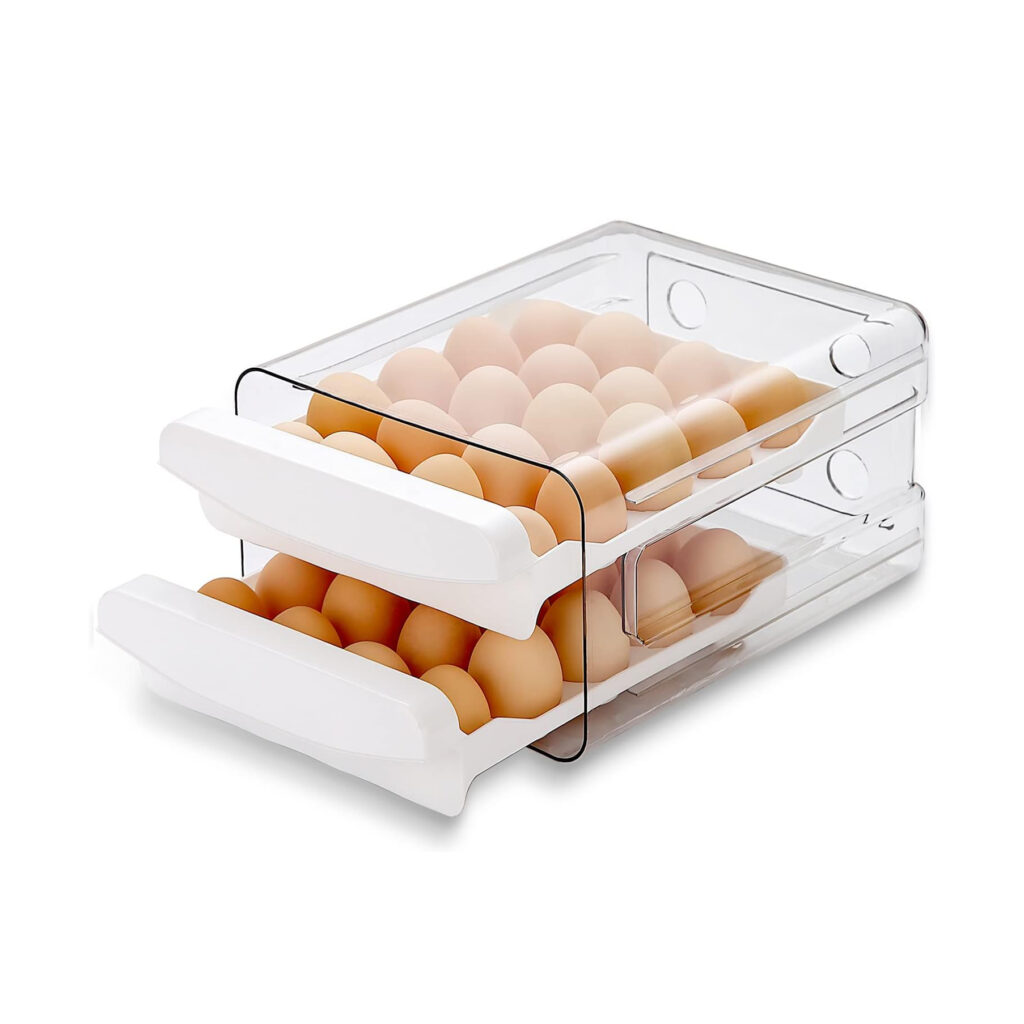
This Is How to Clean out Your Fridge (and Keep It Organized)
And don’t forget about your freezer!

Karen Moskowitz/Getty
One of my New Year’s resolutions is to work on my organizational skills, and my first item of business is in the kitchen. My 1-year-old has started solids, which means I’m buying more perishable items and paying much closer attention to expiration dates. With that, I’ve found quite a few expired purée pouches and yogurt cups that I hadn’t even opened yet. Fortunately, Amanda Titchenal of Well Organized just performed a full fridge and freezer clean-out, and shared her path to a more efficient and manageable food supply.
“Heading out of town or coming back from a trip is the perfect time for a clean-out,” she says. “Your food is low in stock, so it’s less work to pull everything out and clean it. Doing this at the beginning of the year can give you a good, fresh start.”
Below, see how Titchenal cleans and organizes everything in her own fridge and freezer. Fair warning: A proper clean-out will take a solid hour or two, so clear your calendar for one morning or afternoon to complete your project.

Amanda Titchenal
1. Categorize
If there’s one universal tip I’ve learned from Titchenal, it’s to focus on categories. But before you do anything, get out a few towels to leave on the counter, so you won’t make a mess when you take food out of the fridge or freezer, and have a few trash bags at the ready. Titchenal kicks off her categorizing phase with the condiments.
“You want to check dates, decide whether you’re actually going to use these items—even if they’re not expired,” she says. “Is it something you use daily, or a purchase you made for a recipe that you’re never going to need again?”
While you don’t need to do a full clean-out weekly, Titchenal says to do a once-over of your fridge every time you go grocery shopping.
“Things like yogurts and cheeses go bad pretty quickly, and you think, ‘Oh, I just bought that yogurt last week!’ But in reality, it was three weeks ago,” she says. “Checking those fresh items on a weekly basis helps you stay on top of it.”

Amanda Titchenal
2. Clean
Next up, it’s time for a proper wipe down of the fridge, freezer, and anything inside. Every time you buy groceries, you should review your stock and consider tending to your fridge and freezer as needed. For example, if something drips from one shelf to another, you can pull out the affected shelf, clean it out, and move on. As for a “deep, deep clean,” Titchenal says you should reserve time to thoroughly tackle your kitchen two to three times per year.
“When you have a system in place, it’s so easy to maintain it,” she says. Speaking of her hacks to a perfect system…

Amanda Titchenal
3. Re-Categorize and Re-Strategize
Titchenal goes back to her trusty categories when she’s figuring out the best strategy for her fridge and freezer space.
“One good thing to know about the fridge is you can adjust anything—the shelves, the drawers, the doors—to fit your needs,” she says. “If you’re constantly grabbing something on the top shelf and it’s hard for you to see it, put it on the bottom shelf. Or, milk doesn’t have to go on the top shelf. It can go at eye level or lower if you have kids reaching for it.”

Courtesy of Amazon
Here’s a peek into what Titchenal’s fridge shelves and drawers look like:
- Condiments: She keeps as many condiments as possible in the door of the fridge, since it’s easier for them to get lost on a bigger shelf. These are divided by category as well: Pickled or sandwich items, dressings, jams, and so on.
- Bread or breakfast foods: If you prefer to store your bread and any other breakfast items in the fridge, dedicate one shelf to that group.
- Fruits, veggies, meats, and cheeses: Titchenal says these should all go into separate drawers. Fruits and veggies should be removed from their produce bags, too, so they don’t get lost in the shuffle.
- Loose items: For things like yogurt, cream cheese, hummus, and even eggs, she prefers placing these “loose items” in a clear container or drawer. This helps you easily monitor your food and use everything up before it expires.

Courtesy of Amazon
You should also make sure to leave some room in your fridge for any leftovers or specialty items you snag at the store. She tends to use two to three shelves for containers with food, to free up space for anything else that’s not part of the standard grocery haul.
For your freezer, Titchenal says to use freezer bins to categorize your food.

Courtesy of Amazon
“Most freezers only have two drawers, and most freezer items are bagged and just get really messy fast,” she says. “Freezer bins keep the bags upright.”
This food-filing system separates frozen veggies, fruits, rice, breakfast items like waffles, meat, and more. For anything in a box, like those waffles or ice cream bars, she recommends removing the original packaging to give you more storage space.
We only recommend things we love. If you buy something through our site, we might earn a commission.
